NS-6180
Synonym(s):4-[[3-(Trifluoromethyl)phenyl]methyl]-2H-1,4-benzothiazin-3(4H)-one
- CAS NO.:353262-04-1
- Empirical Formula: C16H12F3NOS
- Molecular Weight: 323.33
- SAFETY DATA SHEET (SDS)
- Update Date: 2023-05-18 11:31:09
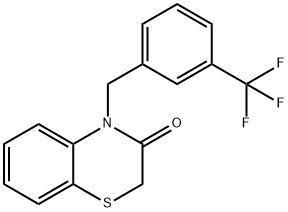
What is NS-6180?
The Uses of NS-6180
NS 6180 increases the proliferation of both A-NK and NA-NK cells. NS 6180 is a new KCa3.1 channel inhibitor that prevents T-cell activation and inflammation in a rat model of inflammatory bowel disease.
Biological Activity
ns 6180 is a potent kca3.1 channel blocker. kca3.1 (the ca2+-activated k+ channel, encoded by the kcnn4 gene) plays a key role in these processes by participating in the regulation of calcium entry.
in vitro
ns6180 blocked cloned human kca3.1 channels via t250 and v275, while the same amino acid residues conferred sensitivity to triarylmethanes such as like tram-34. ns6180 blocked endogenously expressed kca3.1 channels in human, mouse and rat erythrocytes with similar potencies. rat and mouse splenocyte proliferation was suppressed ns6180 at submicrolar concentrations, which potently inhibited il-2 and ifn-g production, exerting smaller effects on il-4 and tnf-a and no effect on il-17 production. after induction of colitis, antibody staining exhibited kca3.1 channels in healthy colon and strong up-regulation in association with infiltrating immune cells [1].
in vivo
despite poor plasma exposure, ns6180 (3 and 10 mg·kg-1 b.i.d.) abolished colon inflammation and improved body weight gain effectively, just as the standard ibd drug sulfasalazine (300 mg·kg-1 q.d.). the benzothiazinone ns6180 was potent on recombinant and endogenously expressed kca3.1 channels, selectivity and molecular site of action. furthermore, the effect of ns6180 characterize its pharmacokinetics on the activity of t-lymphocytes from wild-type and kca3.1–/– knockout mice and show that it abolishes inflammation in an animal model of ibd [1].
References
[1] strbk d, brown dt, jenkins dp, chen yj, coleman n, ando y, chiu p, jrgensen s, demnitz j, wulff h, christophersen p. ns6180, a new k(ca) 3.1 channel inhibitor prevents t-cell activation and inflammation in a rat model of inflammatory bowel disease. br j pharmacol. 2013 jan;168(2):432-44.
Properties of NS-6180
| Boiling point: | 476.9±45.0 °C(Predicted) |
| Density | 1.375±0.06 g/cm3(Predicted) |
| storage temp. | Sealed in dry,2-8°C |
| solubility | DMSO: soluble20mg/mL, clear |
| pka | 0.53±0.20(Predicted) |
| form | powder |
| color | white to beige |
Safety information for NS-6180
| Signal word | Warning |
| Pictogram(s) |
 Exclamation Mark Irritant GHS07  Environment GHS09 |
| GHS Hazard Statements |
H317:Sensitisation, Skin H411:Hazardous to the aquatic environment, long-term hazard |
| Precautionary Statement Codes |
P273:Avoid release to the environment. P280:Wear protective gloves/protective clothing/eye protection/face protection. P302+P352:IF ON SKIN: wash with plenty of soap and water. |
Computed Descriptors for NS-6180
New Products
Tert-butyl bis(2-chloroethyl)carbamate (S)-3-Aminobutanenitrile hydrochloride N-Boc-D-alaninol N-BOC-D/L-ALANINOL N-octanoyl benzotriazole 4-Hydrazinobenzoic acid 3,4-Dibenzyloxybenzaldehyde 3-Nitrobenzaldehyde 1,1’-CARBONYLDIIMIDAZOLE R-2-BENZYLOXY PROPIONIC ACID 1,1’-CARBONYLDI (1,2-4 TRIAZOLE) 4-HYDROXY BENZYL ALCOHOL 3-NITRO-2-METHYL ANILINE (2-Hydroxyphenyl)acetonitrile 5-BROMO-2CYANO PYRIDINE 5,6-Dimethoxyindanone 5-broMo-2-chloro-N-cyclopentylpyriMidin-4-aMine 2-(Cyanocyclohexyl)acetic acid 4-methoxy-3,5-dinitropyridine 2-aminopropyl benzoate hydrochloride 1-(4-(aminomethyl)benzyl)urea hydrochloride tert-butyl 4- (ureidomethyl)benzylcarbamate diethyl 2-(2-((tertbutoxycarbonyl)amino) ethyl)malonate Ethyl-2-chloro((4-methoxyphenyl)hydrazono)acetateRelated products of tetrahydrofuran

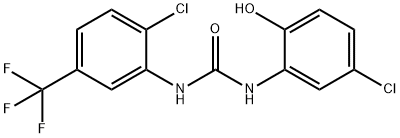
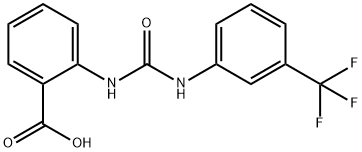
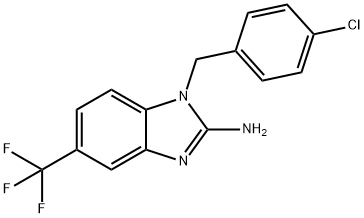
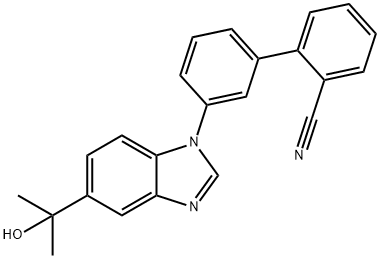
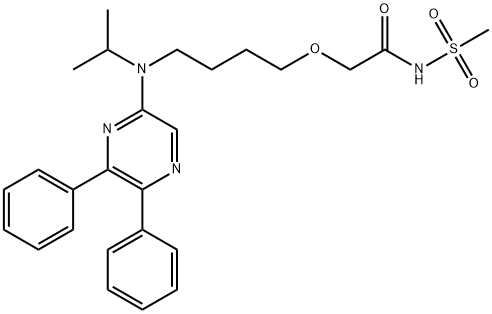
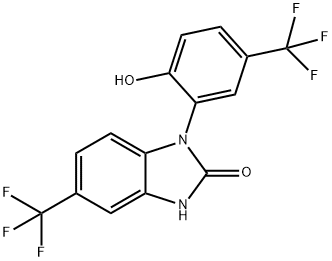
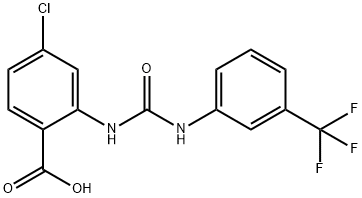
You may like
-
 NS6180 >95% CAS 353262-04-1View Details
NS6180 >95% CAS 353262-04-1View Details
353262-04-1 -
 NS6180 CAS 353262-04-1View Details
NS6180 CAS 353262-04-1View Details
353262-04-1 -
 55441-95-7 99%View Details
55441-95-7 99%View Details
55441-95-7 -
 N-Vinylformamide 99%View Details
N-Vinylformamide 99%View Details
13162-05-5 -
 Chloro Uracil 1820-81-1 99%View Details
Chloro Uracil 1820-81-1 99%View Details
1820-81-1 -
 2-ethyl-6-methyl-3-hydroxypyridine succinate 99%View Details
2-ethyl-6-methyl-3-hydroxypyridine succinate 99%View Details
127464-43-1 -
 2-ETHYLPYRIDINE 100-71-0 99%View Details
2-ETHYLPYRIDINE 100-71-0 99%View Details
100-71-0 -
 181228-33-1 (S)-Methyl 3-amino-2-((tert-butoxycarbonyl)amino)propanote Hydrochloride (DAP-OMe. HCl) 99%View Details
181228-33-1 (S)-Methyl 3-amino-2-((tert-butoxycarbonyl)amino)propanote Hydrochloride (DAP-OMe. HCl) 99%View Details
181228-33-1